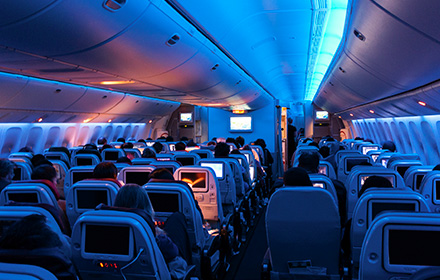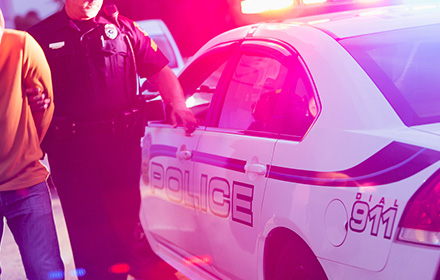Coast guard interdiction nabs sub
April 24, 2012
While on routine patrol, a United States Coast Guard aircrew observed a semi-submersible craft commonly referred to as a "narco-sub". The aircrew radioed the information to two vessels which then attempted to intercept the sub. Prior to capturing the craft, the crew of four scuttled the vessel. Thirty of these types of vessels used for drug trafficking have been captured or sunk since 2006. Crews caught operating these vessels are typically prosecuted in federal court. Over the years South Florida and
Miami criminal attorneys have represented those captured and indicted for cocaine trafficking and importation of cocaine.
This case was a little unusual as this narco-sub was discovered in the Caribbean where most of the previous craft have been captured or sunk in the Pacific. Southern Command which has been at the point in battling the importation of illegal substances from South America, claimed that the Honduran Navy played a large role in the detection of the sub. The vessel's interception was part of a larger joint operation called "Operation Martillo". The 2012 Central American Security Conference was held this week in El Salvador. The head of Southern Command, General Douglas Frazer spoke at the conference and applauded the operation and mentioned the need for closer regional ties which are necessary to disrupt the
drug trafficking which originates in Central and South America. According to Frazer, 80% of the cocaine trafficking occurs via sea routes.
Cartels involved in transporting cocaine and marijuana have increasingly relied on semi-submersibles and submarines to move the illegal substances from South America to Central America and Mexico. The first craft was captured in 2006, but the federal government has been aware of their use since the mid-1990's. The vessels are manufactured out of lightweight fiberglass and are constructed in makeshift shipyards hidden in the jungle. The vessels are constructed to sit just above the waterline, making them difficult to spot by the human eye and even more difficult to detect using radar. Recently, the vessels have become so advanced that they can ride completely underwater for long periods of time. The first fully submersible vessel was captured carrying a haul from Ecuador.
According to the United States State Department, 60 vessels are consistently used to transport more than 300 metric tons of cocaine on an annual basis. That means that only a very small number of the vessels being used have been captured or sunk over the past 5 or 6 years. Despite the efforts of the United States and its allies in Latin America, drug trafficking in the Caribbean and the Pacific continue to be a real problem with no end in sight. Operation Martillo continues to attempt to interdict illegal drugs. Since its inception, 25 tons of cocaine has been seized and 50 people have been arrested. Ongoing cooperation between countries will attempt to prevent the transfer and importation of
illegal substances, however, the cartels seem to continue to have the upper-hand in this cat and mouse game.

















